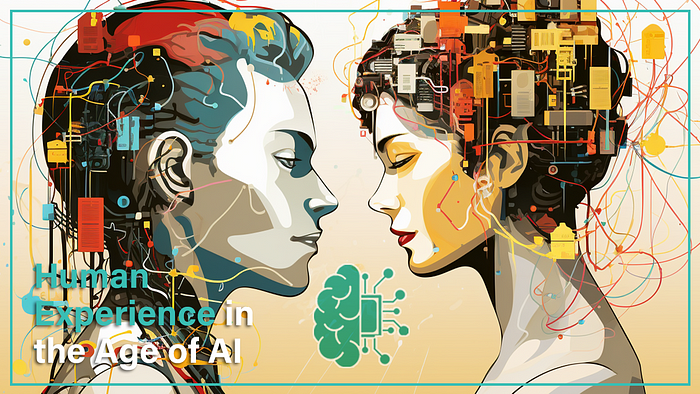Published in ILLUMINATION

“AI Humans” — Artwork by the Author, available at the Space Therapy Shop.
“To understand the real world implications of AI, we must understand how AI algorithms learn, decide, and act. Only then can we ensure that AI evolves in ways that benefit humanity as a whole.”
Let’s reflect a bit. The year is 2024, and humanity has evolved beyond the point of no return. Generative AI and tools like ChatGPT completely surprised the entire world last year, and in ways, I think most of us didn’t see coming… but maybe we should have. We are part of a global community and network of operations that connect but also control our everyday activity, proximity, and engagement with things in the world. Digital products have fused into every facet of our daily lives, giving us the power to construct whatever context about a topic we desire. The human experience, digitally, physically, and mentally, is now fully commoditized. We are all now the architects of our own reality. That’s a scary thing when you think about it, which I have thought about a lot.
As a former architectural designer and researcher turned product owner, I know firsthand that designing our built environment to improve the human experience involves considering the shape and co-existence of THINGS in our physical world. We obsess over details like what material to use, the scale of things to people, how people might experience those things, how a building can fit within the context of the city, how it can be made sustainably, and, of course, whether or not it will stand up.
In architecture, we contemplate everything from the largest implications for civilization, like the impact on our social and urban fabrics, to the tiniest detail, such as how materials coexist to keep people safe while inspiring them to engage with the environment around them. It’s hard to do well, but we must because people’s lives are at stake if we get it wrong.
So, now, as a Fusionist and Product Manager, when I help build our digital environment to improve the human experience, I’m deeply curious about how technology affects us, why it’s able to do so with so much influence, and how we might find a humane coexistence with future technology. It’s had me asking many big questions and diving deeper into the implications of our “always-on” culture on a global scale.
So, what is influencing our Human Experience?
“The Net seizes our attention only to scatter it. We focus intensively on the medium itself, on the flickering screen, but we’re distracted by the constant flow of competing messages and information.”

“The Color & The Shape” — Artwork by the Author, available at the Space Therapy Shop.
The first thing I uncovered is that this global network has forced humans to evolve from homo-sapiens into techno-sapiens, a term that signifies our deep entwinement with technology that is taking over our everyday activities, interactions, and, dare I say, our very survival. I call this the Techno-Sapien Condition, and navigating it is a whole new challenge that our brains apparently don’t want to do, where our content is much less reliable or trustworthy, and while we have more access, we have less autonomy.
